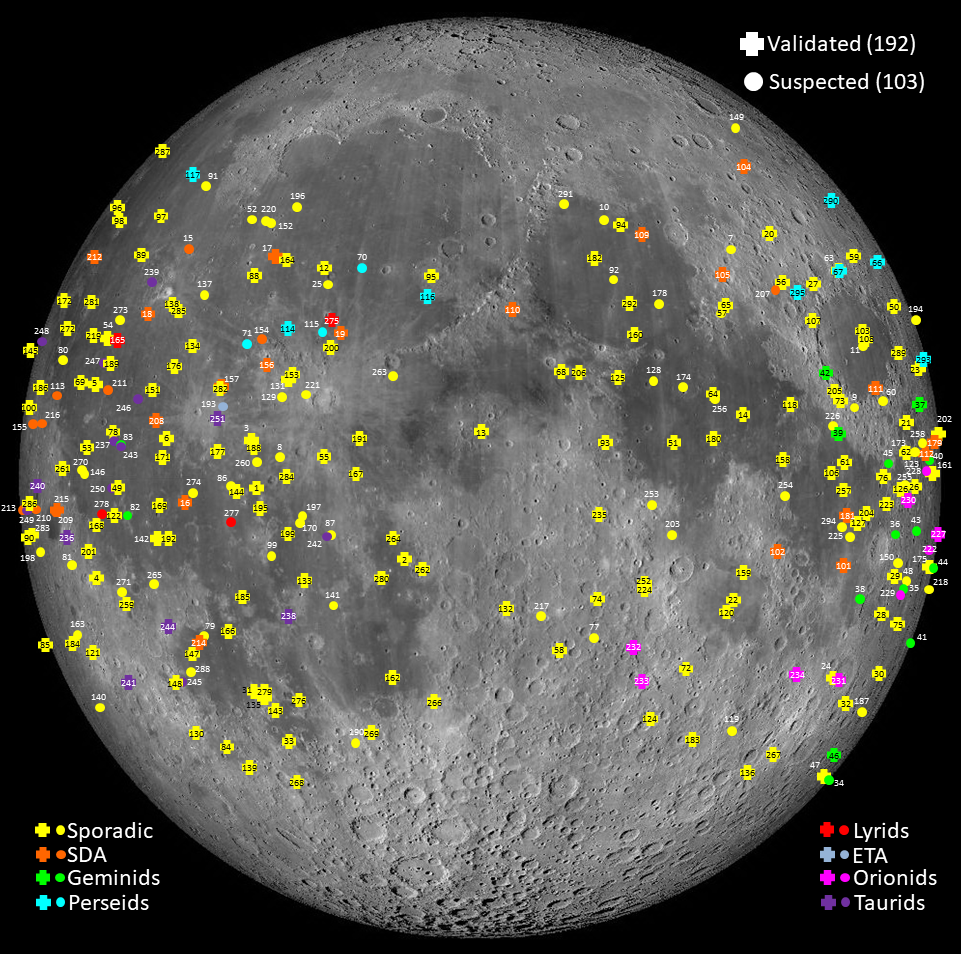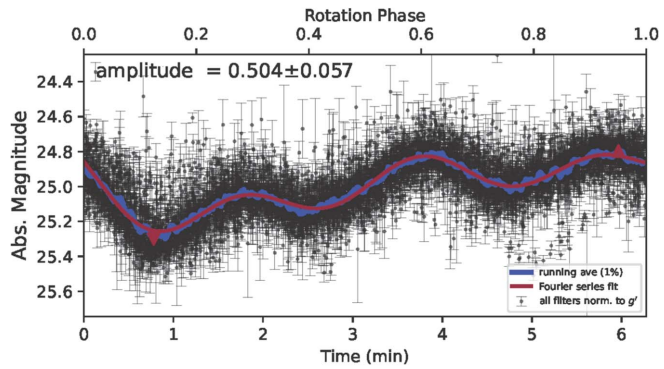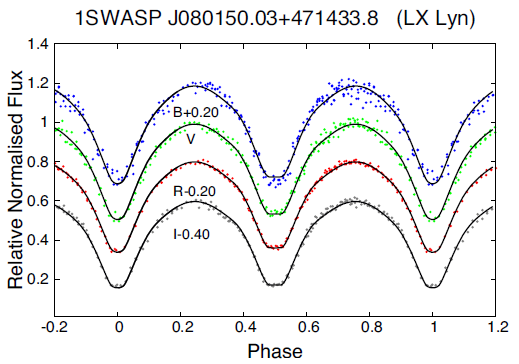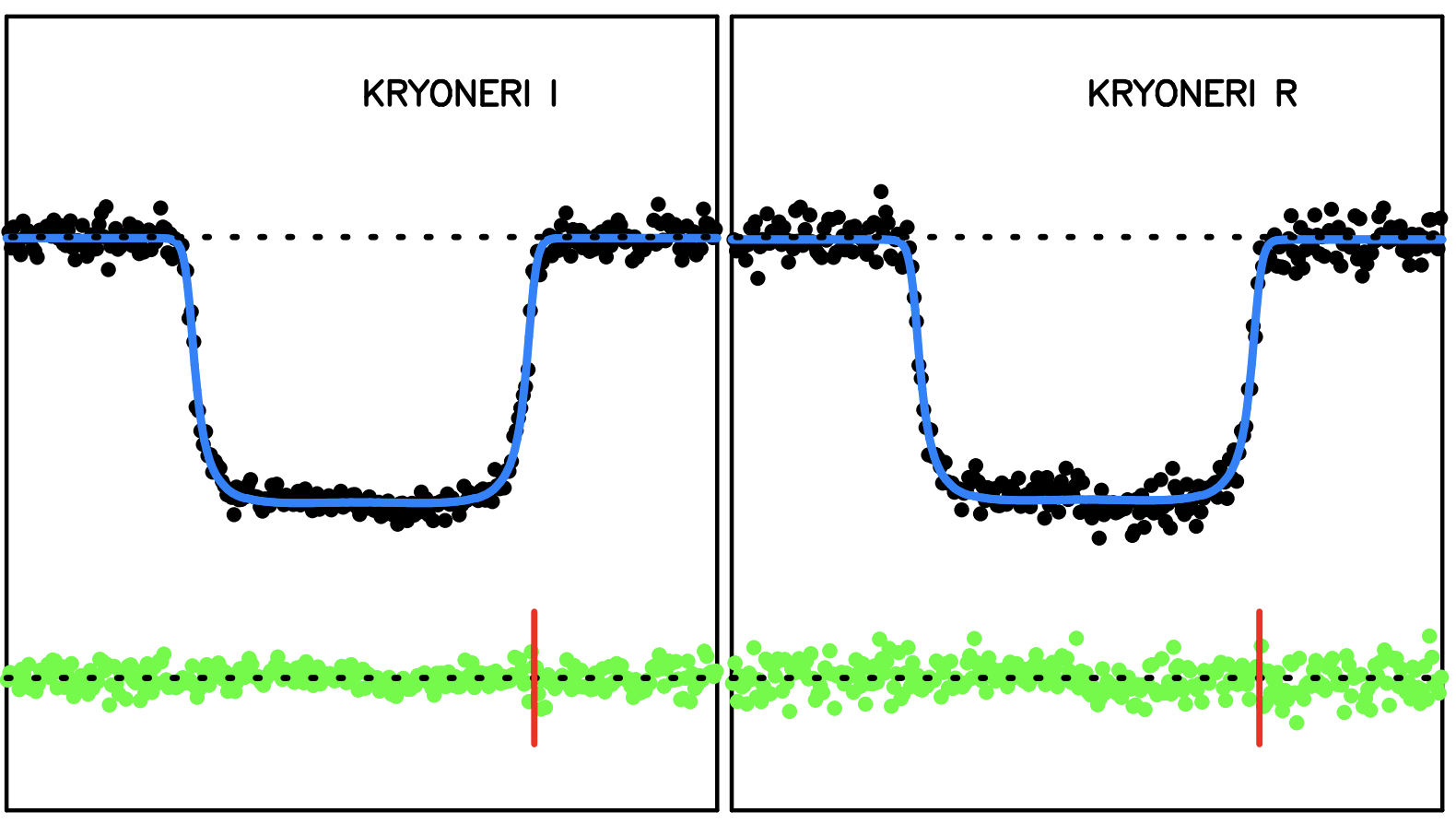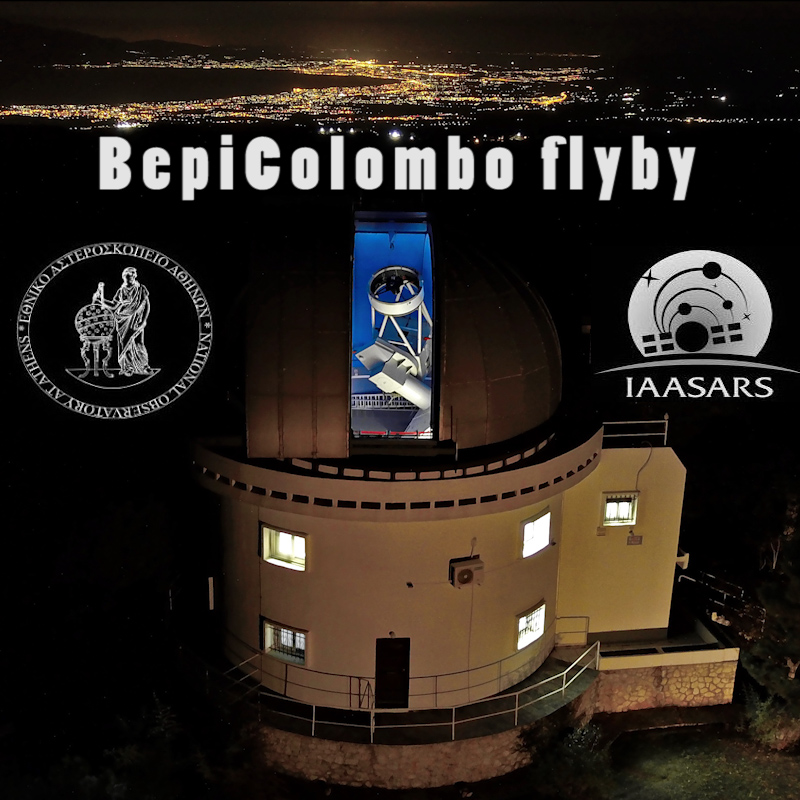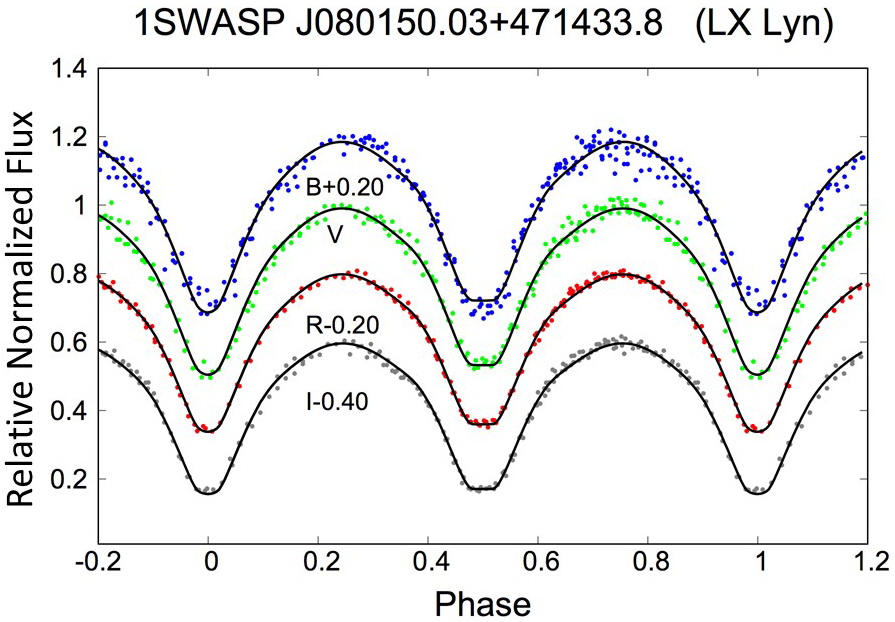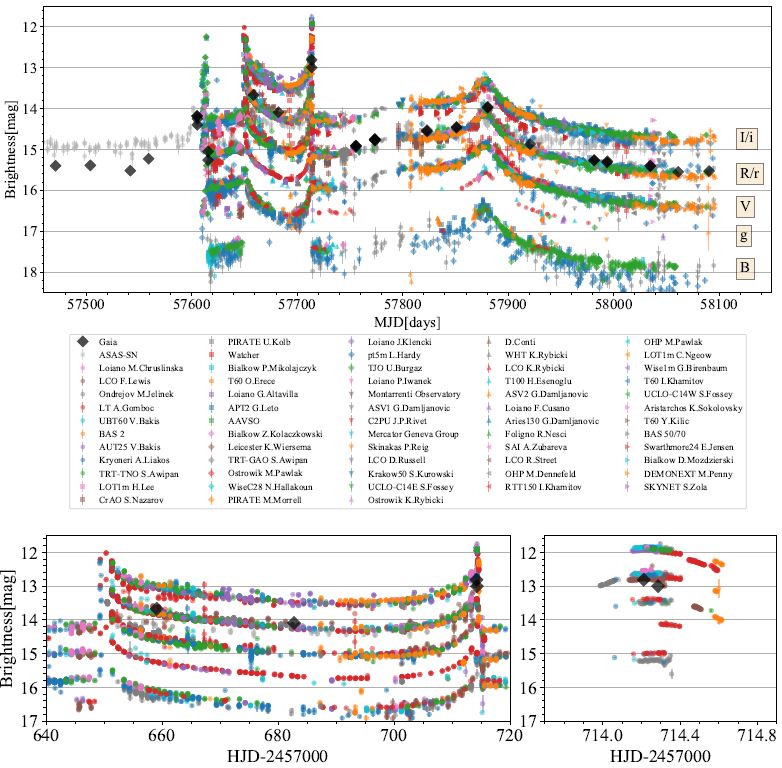NELIOTA: New results and updated statistics after 6.5 years of lunar impact flashes monitoring
We present results of the Near-Earth objects Lunar Impacts and Optical TrAnsients (NELIOTA) campaign for lunar impact flashes observed with the 1.2 m Kryoneri telescope. From August 2019 to August 2023, we report 113 validated and 70 suspected flashes. For the validated flashes, we calculate the physical parameters (masses, radii) of the corresponding projectiles, the temperatures developed during the impacts, and the expected crater sizes...

